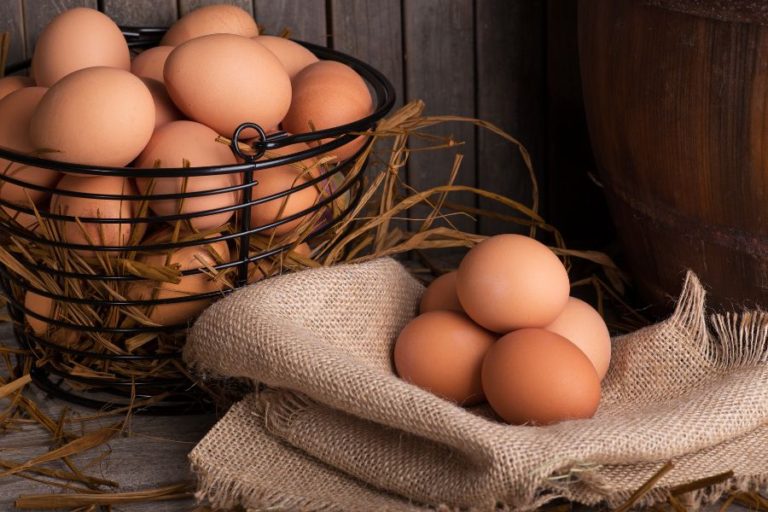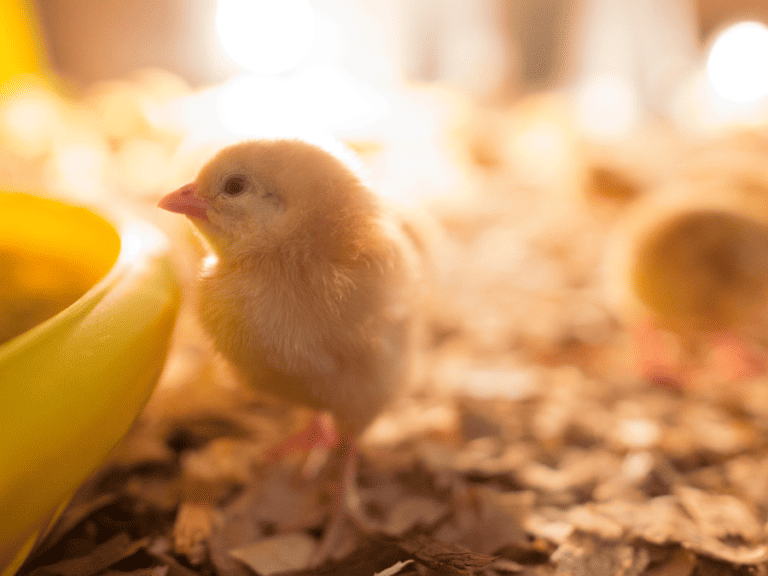Ultimate Guide To Different Coloured Chicken Eggs
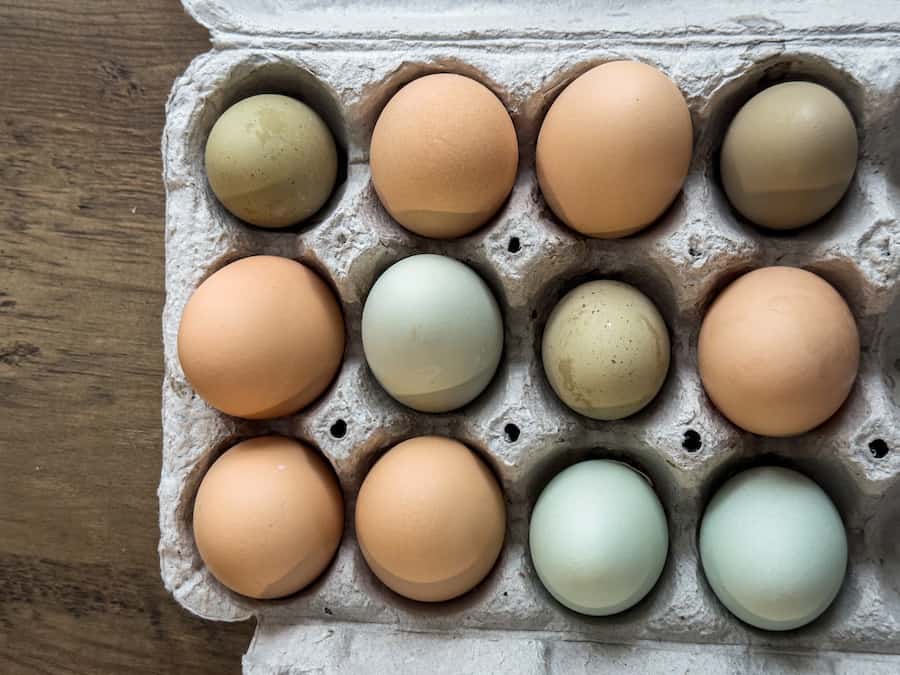
Chicken eggs come in a variety of hues, from classic white and brown to more exotic blues and greens. Despite tasting the same as every other egg, different coloured chicken eggs are a big allure to backyard chicken owners as they are beautiful to look at and add uniqueness to their egg cartons.
In this article, we will take a closer look at what causes different coloured chicken eggs and which breeds lay white, brown, blue, and green eggs.
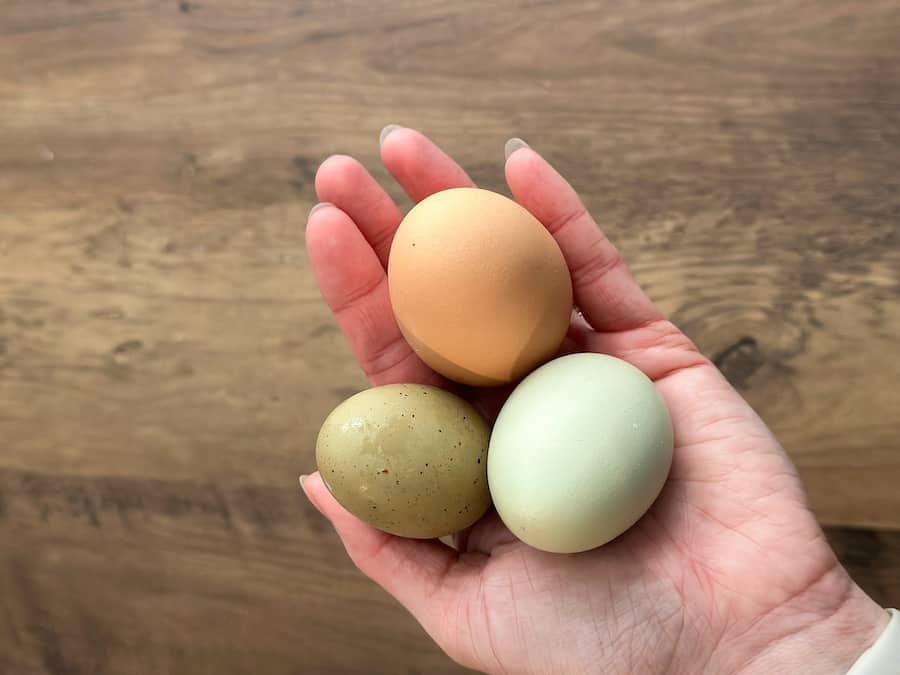
Related Articles
• 7 Reasons Why You Should Get Backyard Chickens
• Can You Eat Eggs Straight From A Chicken?
• How Long Do Farm Fresh Eggs Last? + 6 Ways To Preserve Eggs
What Causes Different Coloured Chicken Eggs?
The colour of a chicken’s eggs is determined by genetics. Specifically, the pigments present in the outer layer of the eggshell, known as the bloom or cuticle, give eggs their colour. Different breeds of chickens carry specific genes that influence the production of these pigments, resulting in eggs of various colours.
The pigment responsible for blue eggs is called oocyanin, while the pigment for brown eggs is related to the amount of protoporphyrin present in the shell. These pigments are deposited in the outer layer of the eggshell during the formation process. The intensity of the colour can vary depending on factors such as genetics, diet, and the age of the hen.
What Hens Lay White Eggs
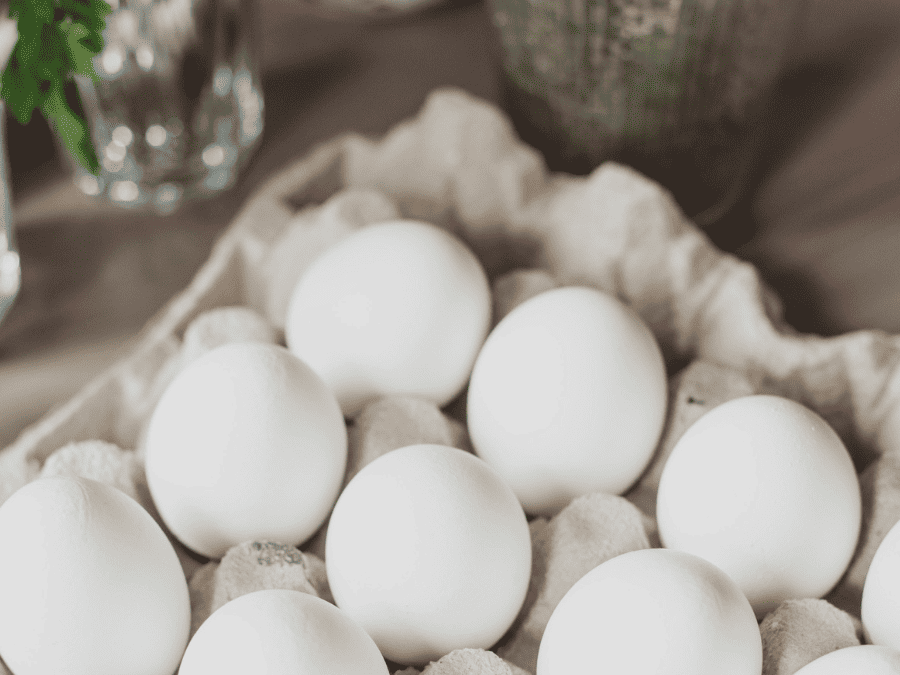
White eggs are perhaps the most familiar and widely consumed variety of chicken eggs, known for their classic appearance and versatile culinary uses. These eggs, with their pristine white shells, are laid by a variety of chicken breeds that have been selectively bred for their prolific egg-laying abilities.
Popular chicken breeds that lay white eggs include:
- Leghorns (280-320 eggs per year)
- Anconas (220 eggs per year)
- Andalusians (160-200 eggs per year)
- Polish (150-200 eggs per year)
Leghorn chickens are by far the most popular white egg layers as they are renowned for their efficiency in egg production, making them popular choices for commercial egg farms around the world. Their white eggs are often favoured by consumers for their clean and uniform appearance.
What Hens Lay Light Brown Eggs
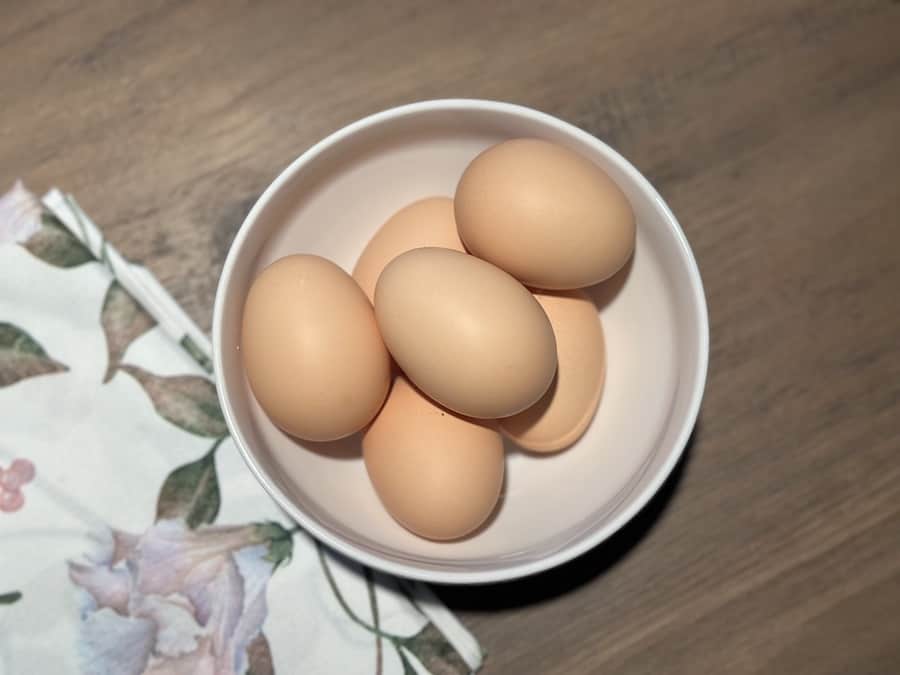
Light brown eggs are also widely available and popular. These eggs, with their pale brown shells, are laid by a variety of chicken breeds known for their reliability in egg production and friendly dispositions.
Popular chicken breeds that lay light brown eggs include:
- Rhode Island Reds (200-300 eggs per year)
- Orpingtons (170-200 eggs per year)
- Sussex (200-250 eggs per year)
- Plymouth Rock (200 eggs per year)
These breeds are favoured by backyard chicken keepers and small-scale farmers for their hardiness, adaptability to various climates, and consistent egg-laying abilities.
What Hens Lay Dark Brown Eggs
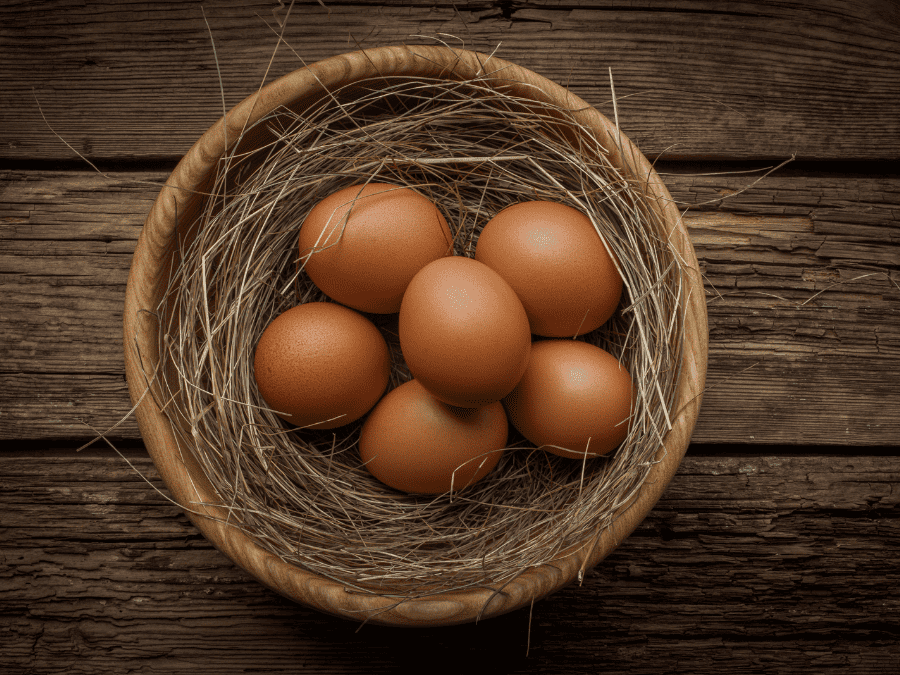
Dark brown eggs are a distinctive and visually striking variety of chicken eggs, known for their deep, rich colour and robust flavour. These eggs, with their mahogany or chocolate-coloured shells, are laid by specific breeds of chickens that possess protoporphyrin IX, which produces dark brown-shelled eggs.
Popular chicken breeds that lay dark brown eggs include:
- Marans (150-200 eggs per year)
- Welsummers (160-250 eggs per year)
- Penedesenca (200 eggs per year)
While all three are great egg layers, one of the most well-known breeds associated with dark brown eggs is the Marans chicken. These hens are prized for their exceptionally dark brown eggs, which can range from deep chocolate brown to nearly black.
What Hens Lay Blue Eggs
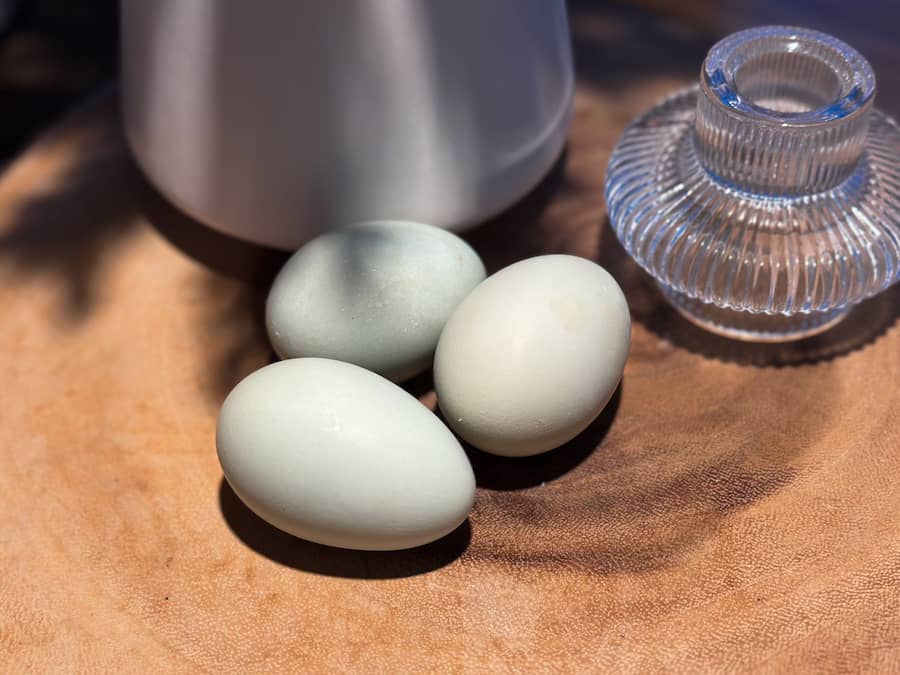
Blue eggs are a delightful addition to any egg collection. These unique eggs, often ranging from sky blue to deep turquoise in colour, are laid by specific breeds of chickens that possess a genetic trait for producing blue-shelled eggs.
Popular chicken breeds that lay blue eggs include:
- Ameraucanas (200 eggs per year)
- Araucanas (250 eggs per year)
- Easter Eggers (280 eggs per year)
- Cream Legbars (150 eggs per year)
These chicken breeds carry a pigment called oocyanin, which is deposited on their eggs, resulting in the characteristic blue coloration. Interestingly, the blue pigment is deposited throughout the shell, giving the eggs a consistent blue colour both inside and out.
Pure-breed Ameraucanas are the only breed that will solely lay blue eggs. Araucanas, Easter Eggers and Cream Legsbars all lay egg colours ranging from blue to green. Once they start laying, they will only lay that colour egg. So the only way to truly guarantee blue eggs is to add pure-breed Ameraucanas to your flock.
What Hens Lay Green Eggs
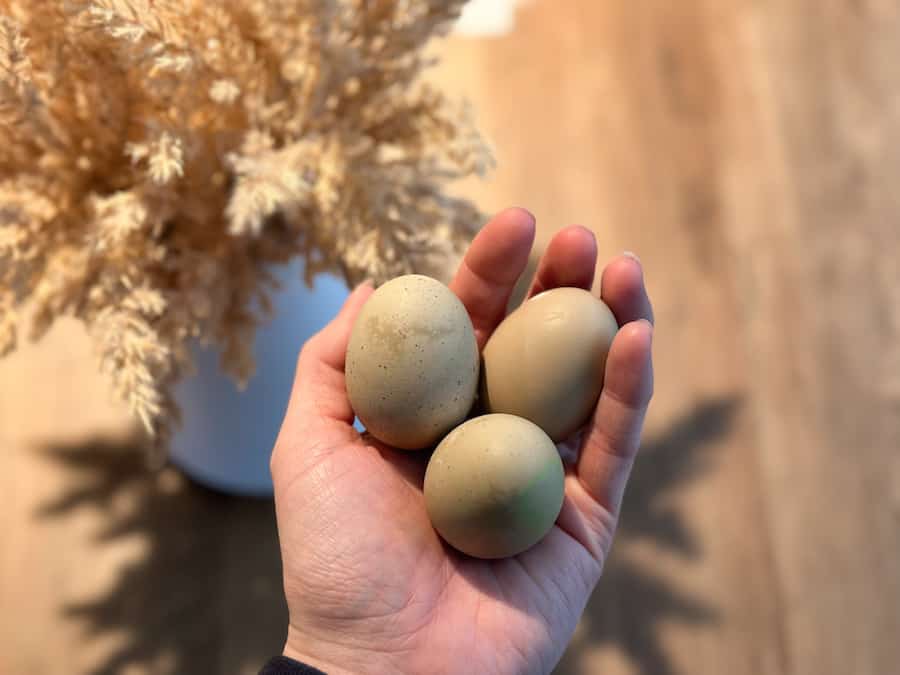
Green eggs, like those famously mentioned in Dr. Seuss’s “Green Eggs and Ham,” are a fun and colourful addition. These eggs, which range in colour from pale sage to olive green, are laid by specific breeds of chickens and are the result of crossbreeding blue-shelled and brown-shelled chickens.
Popular chicken breeds that lay green eggs include:
- Oliver Eggers (150-200 eggs per year)
- Easter Eggers (280 eggs per year)
- Cream Legbars (150 eggs per year)
Only a few breeds can lay green eggs, which makes them quite rare! Though these breeds can lay green eggs, they could also lay blue or even pink eggs.
Do Different Coloured Eggs Taste Different?
Despite their varying colours, all chicken eggs have a similar taste and nutritional profile. Whether you’re enjoying a classic white egg or a vibrant blue or green one, you can expect a delicious and nutritious experience with each bite.
It’s also worth noting that the taste of eggs can be influenced by external factors such as the chickens’ diet and living conditions. Chickens that have access to a diverse range of foods, including grains, vegetables, fruits, herbs and insects, may produce eggs with more complex flavours. Additionally, eggs from pasture-raised or free-range chickens are often prized for their richer taste, attributed to the chickens’ ability to forage for natural foods and engage in more natural behaviours.


